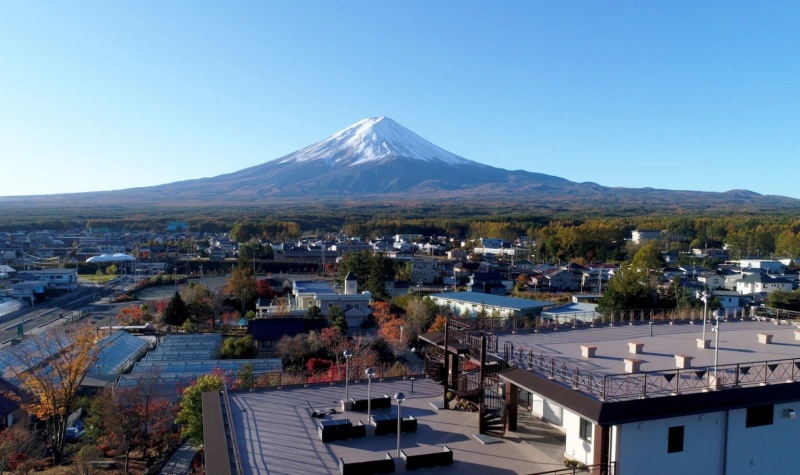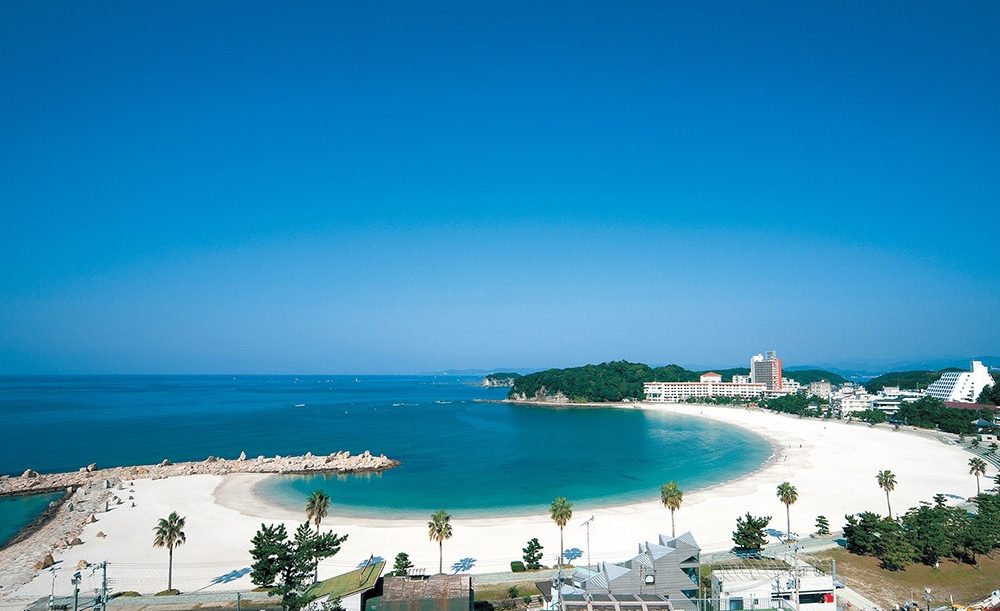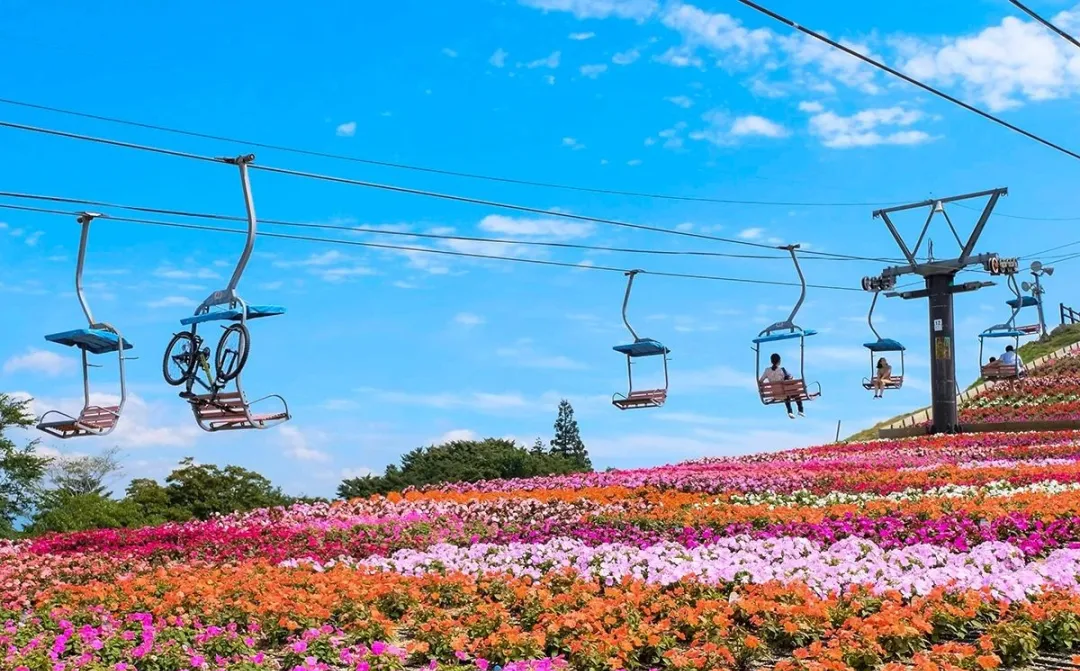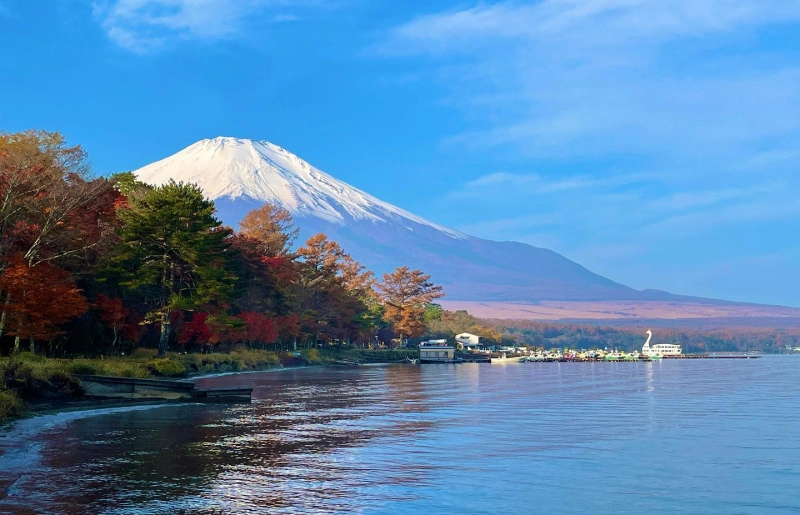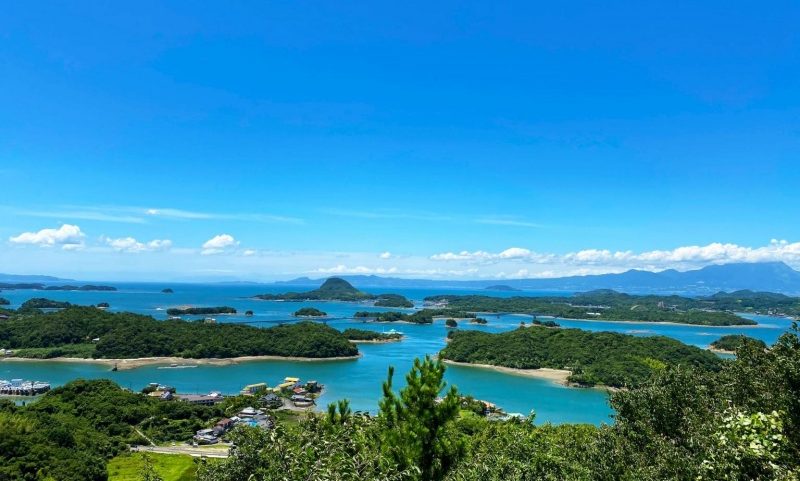The Japan Trip Note conducted a survey among members aged 10 to 20, and based on the data of "visited attractions" in Hiroshima, it ranked the 17 most popular tourist attractions among young people in Hiroshima. Below, we will introduce them one by one.
1st place: Atomic Bomb Dome (原爆ドーム)
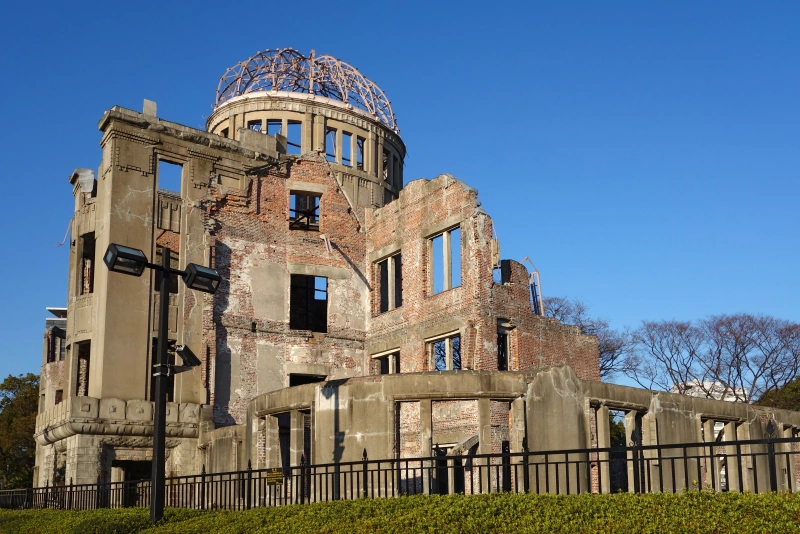
The Atomic Bomb Dome was registered as a World Heritage site in December 1996 and is the only building that conveys the horrific scene of the atomic bomb dropped on Hiroshima on August 6, 1945. Since the visit of then-US President Obama in 2016, many foreign tourists have started to visit here.
The Atomic Bomb Dome was completed in 1915 (Taisho 4) and was initially built as a facility for exhibiting Hiroshima Prefecture's products. Due to its location about 160 meters from the explosion center, the building was completely burned, and all the employees inside the building died on the spot. Although most of the walls on the second and third floors collapsed, certain parts of the building, including the five-story staircase with a dome-shaped roof, survived and still stand today.
- Atomic Bomb Dome (原爆ドーム)
- Address: 1-10 Otemachi, Naka-ku, Hiroshima City, Hiroshima Prefecture
- Phone: 082-242-7831
- Website: https://dive-hiroshima.com/feature/world-heritage-dome/
2nd place: Itsukushima Shrine (嚴島神社)

Itsukushima Shrine is an ancient shrine located on Miyajima in Hiroshima Bay, established in the first year of Emperor Suiko (593). In December 1996, it was listed as a World Heritage site along with the Atomic Bomb Dome. The large torii gate standing in the sea is a symbol of Miyajima. If you join a local kayaking tour, you can experience passing through the gate on a sea kayak, and during low tide, you can walk to the gate.
Since Miyajima itself has been revered as a sacred place since ancient times, locals avoided building shrines on the island, resulting in a appearance that looks like it is floating on the sea.
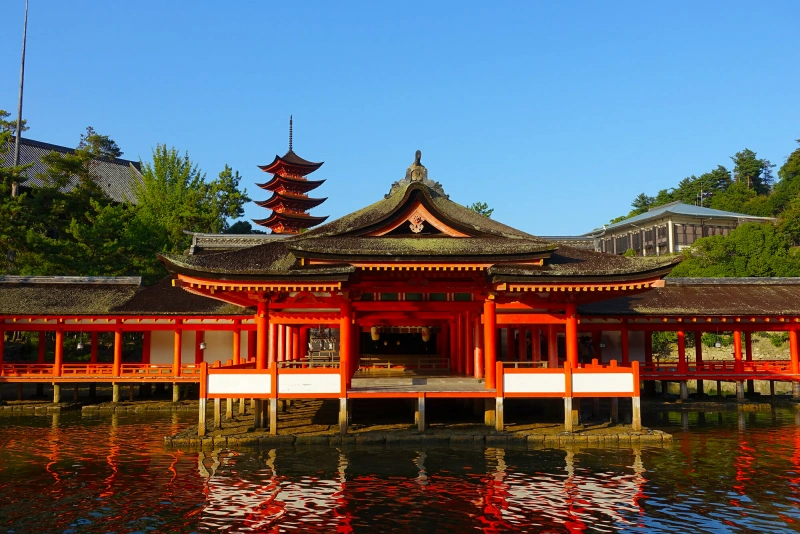
Additionally, the nearby Mt. Misen, which offers a panoramic view of the Seto Inland Sea, is also recommended for hiking enthusiasts.
- Itsukushima Shrine (嚴島神社)
- Address: 1-1 Miyajimacho, Hatsukaichi City, Hiroshima Prefecture
- Phone: 0829-44-2020
- Website: https://www.itsukushimajinja.or.jp/
5th Place: Light of Peace (平和の灯)
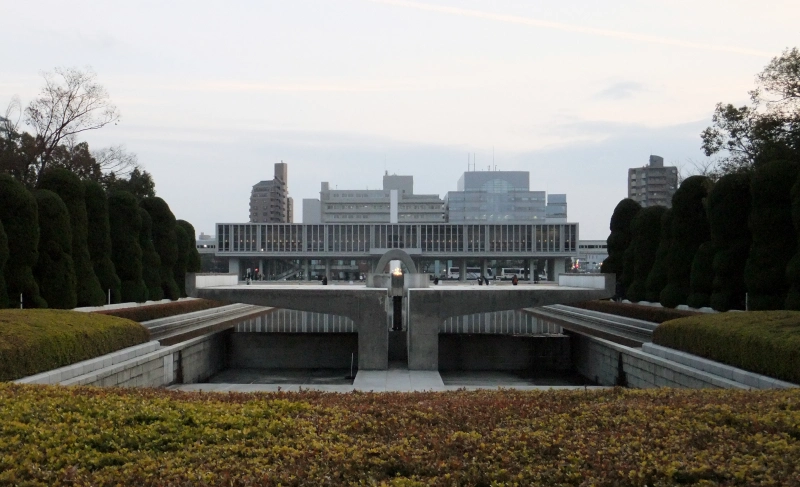
On August 1, 1964, the Light of Peace was ignited at the northern end of Peace Pond in Peace Memorial Park. Its lighting was meant to console victims desperately searching for water sources and to call for the abolition of nuclear weapons from the Earth and lasting world peace.
The shape of the Light of Peace's stand is like clasped hands with palms reaching towards the sky, symbolizing the hope for nuclear disarmament.
6th Place: Statue of a Child Victim of the Atomic Bombing (原爆の子の像)
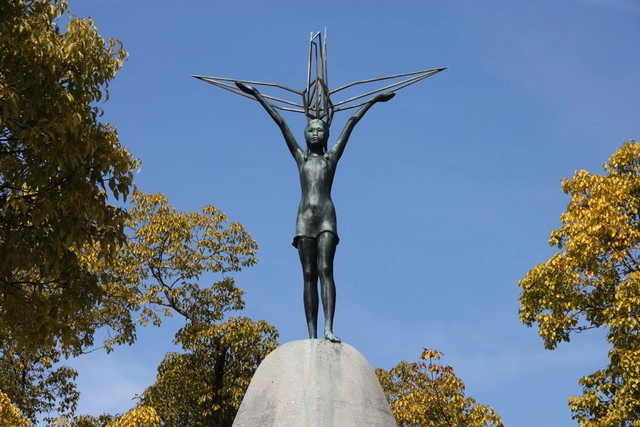
The Statue of a Child Victim of the Atomic Bombing was built in Peace Memorial Park to commemorate Sadako Sasaki, who suffered the atomic bombing at the age of two and died of leukemia ten years later, as well as all the children who perished in the atomic bombing.
Due to the large number of paper cranes donated by people from around the world over the years, it is also called the "Tower of a Thousand Cranes." At the top is a girl holding an origami crane, with two figures on either side, symbolizing the bright hope.
- Statue of a Child Victim of the Atomic Bombing (原爆の子の像)
- Address: 1 Nakajimacho, Naka Ward, Hiroshima, Hiroshima Prefecture
7th Place: Memorial Cenotaph for Atomic Bomb Victims (原爆死没者慰霊碑)
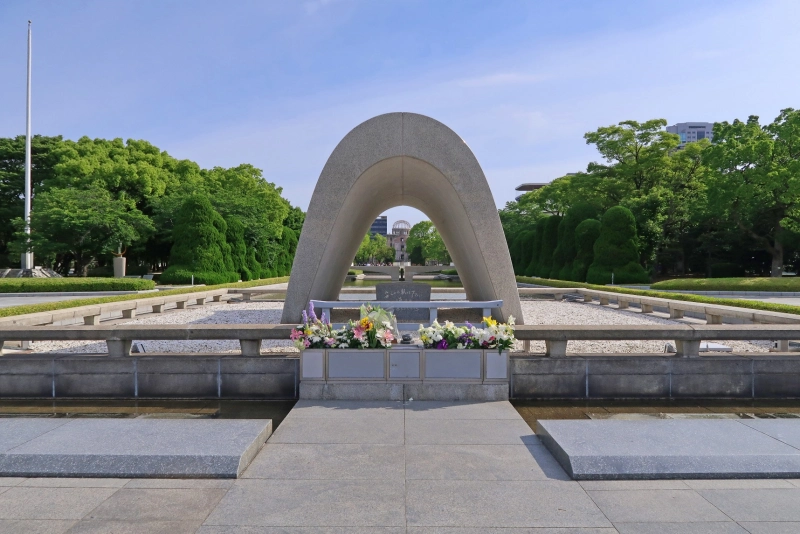
The Memorial Cenotaph for Atomic Bomb Victims, also known as the Cenotaph for A-bomb Victims, is an arch-shaped monument located in Peace Memorial Park. It serves as a symbolic tomb for the victims of the atomic bombing who were never found or whose remains were unidentified.
The Cenotaph holds the names of all the known victims of the atomic bombing, with new names added each year as more victims are identified. Its arch shape is said to represent the sheltering of souls from the atomic blast.
- Memorial Cenotaph for Atomic Bomb Victims (原爆死没者慰霊碑)
- Address: 1 Nakajimacho, Naka Ward, Hiroshima, Hiroshima Prefecture
These landmarks in Hiroshima hold deep historical and symbolic significance, commemorating the victims of the atomic bombing and advocating for peace. Visiting them can be a poignant and reflective experience, offering insights into the city's resilience and commitment to peace.
8th Place: Omotesando Shopping Street (表参道商店街)
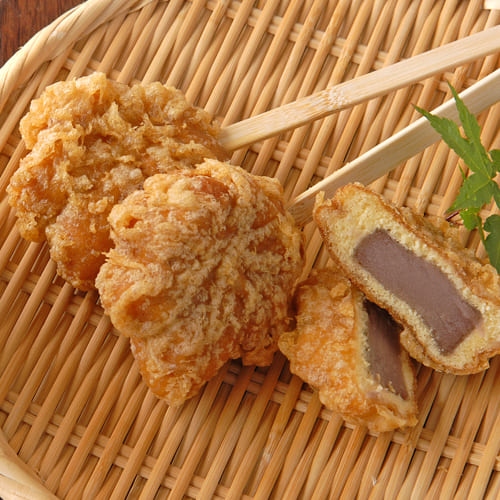
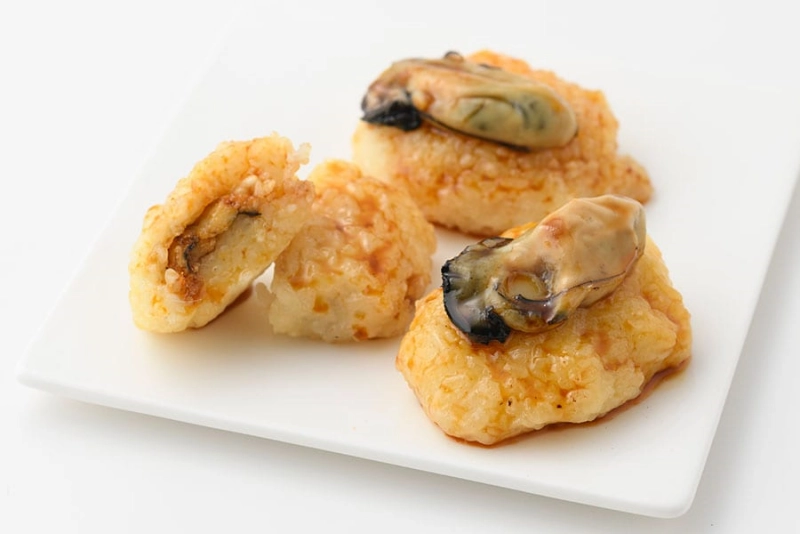
The Omotesando Shopping Street extends from the shrine entrance near Miyajima Pier to Itsukushima Shrine, spanning approximately 300 meters. Also known as "Kiyomori Street," it is popular among locals and tourists, with souvenir shops and restaurants lining both sides of the street.
The Omotesando Shopping Street is famous for its street food, including the popular "Fried Momiji (Fried Maple Leaves)" enjoyed while walking, and Miyajima's specialty "Petara Pottara."
9th Place: Momiji-Do Main Store (紅葉堂 本店)
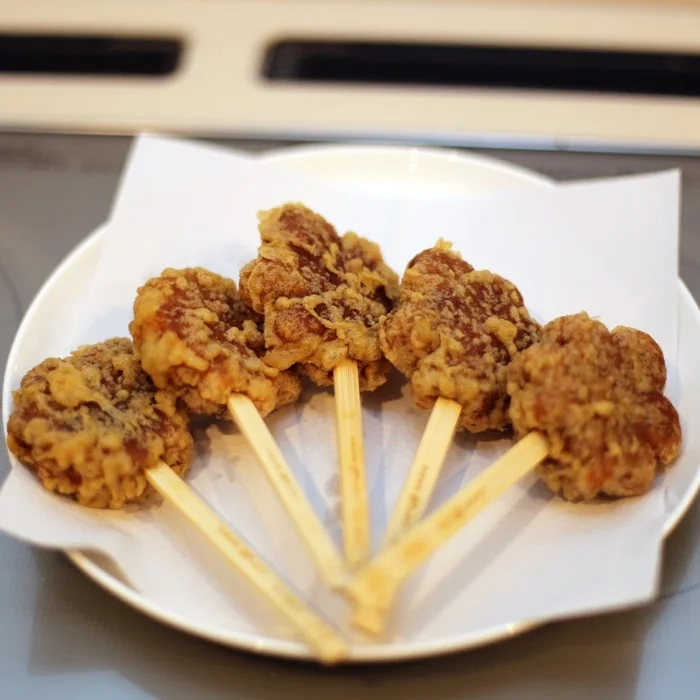

The popular street food "Fried Momiji (Fried Maple Leaves)" can be purchased at the Momiji-Do Main Store, famous for its maple leaf steamed buns. There are very few shops where you can find fried maple leaves, so there is always a line at this main store.
The outer shell of the maple leaf bun is crispy, while the inside is hot, offering a texture not found in fried chicken. There are 5 varieties of fried maple leaves: red bean paste, cream, cheese, Setouchi lemon, and rare cheese. During hot months, we also recommend trying the "Fried Momiji Soft Serve" alongside the fried maple leaves.
10th Place: Hiroshima Castle (広島城)
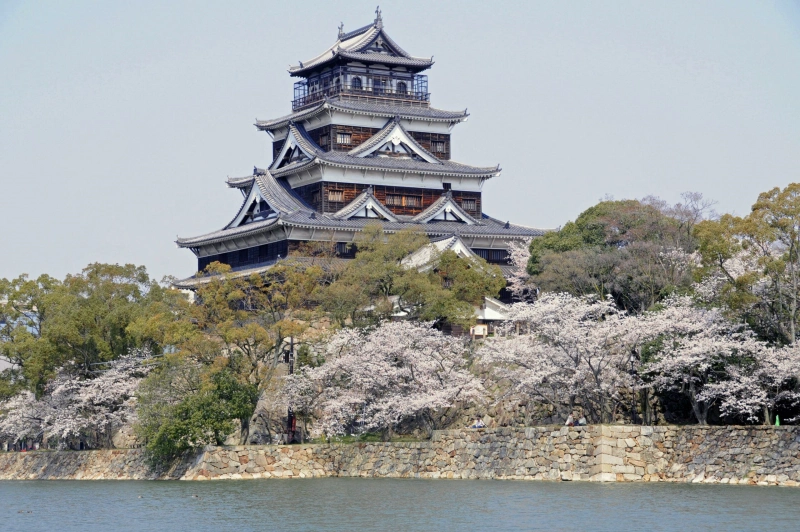
Hiroshima Castle, also known as "Carp Castle," is a historic castle in Hiroshima Prefecture, Japan. Although the original castle was destroyed during World War II, it was reconstructed in 1958. Today, it serves as a museum of Hiroshima's history and culture.
The castle's architecture, surrounded by a moat and park, provides a picturesque setting, especially during cherry blossom season. Visitors can explore the castle grounds, climb the main tower for panoramic views of Hiroshima, and learn about the city's past.
These top ten attractions in Hiroshima offer a blend of historical significance, cultural experiences, and delicious local specialties, making them must-visit destinations for travelers exploring this vibrant city.
11th Place: Senkouji Temple (千光寺)

The Senkouji Temple, with its long history dating back to 806 AD, has a profound history of about 1200 years. It is known as an energy point for marriages.
Situated atop a small hill overlooking Onomichi City, Senkouji can be visited by taking a ropeway.
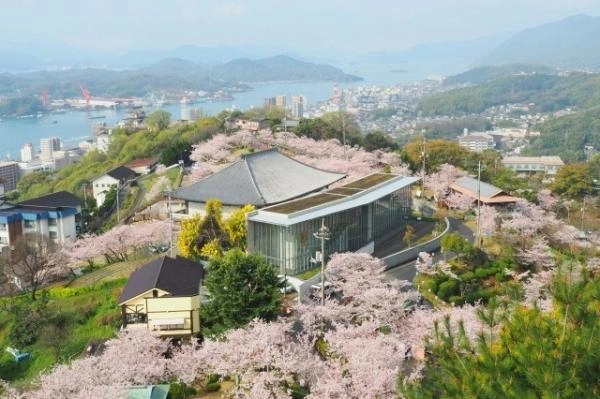
The cliffside stage-style main hall, known as "Akadou," is striking with its vermilion color. Other highlights include the "Seki-san Training" climb on Mount Kusayama and the "Mirror Rock," a circular carving approximately 2 meters in diameter on a rock about 7 meters high.
- Senkouji Temple (千光寺)
- Address: 15-1 Higashitsuchidoucho, Onomichi City, Hiroshima Prefecture
- Website: http://www.senkouji.jp/
12th Place: Cat Alley (猫の細道)
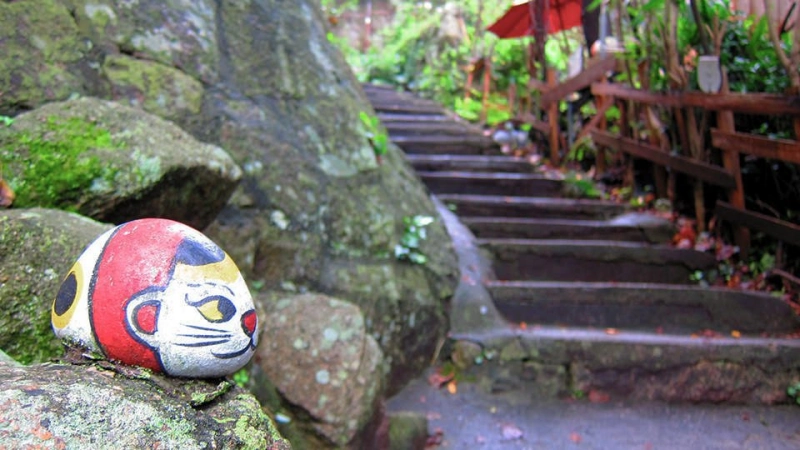
The narrow 200m-long alley leading from Tenneiji Temple's triple tower to Ushitora Shrine is called the "Cat Alley," filled with an atmosphere reminiscent of entering a Ghibli world.
Aside from the ubiquitous "Fukuishi Cat" by artist Maruyama Harunii, there are many cat-related artworks, with cats seen everywhere.
- Cat Alley (猫の細道)
- Address: 19-31 Higashitsuchidoucho, Onomichi City, Hiroshima Prefecture
13th Place: Onomichi Hon-dori Shopping Street (尾道本通り商店街)
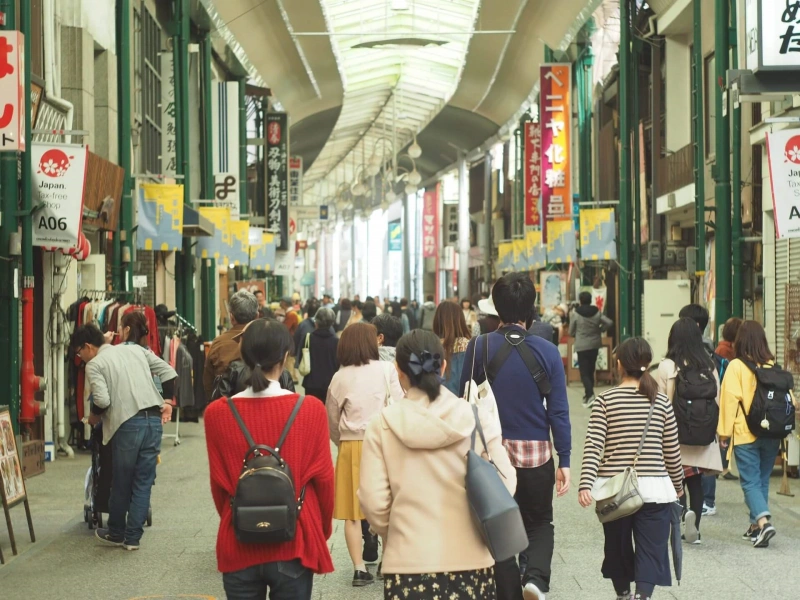
The Onomichi Hon-dori Shopping Street is located about 1.2 kilometers east of Onomichi Station and consists of five nostalgic shopping streets. Starting from the west, there's Ichibangai Street, Nakamise Shopping Street, Honmachi Center Street, Chuo Street, and Onomichi Street.
Here, you'll find popular stores like "Bakery Koro" with its retro-chic atmosphere and the dessert shop "Oyatsu to Yamaneko" famous for its "Onomichi Pudding."
- Onomichi Hon-dori Shopping Street (尾道本通り商店街)
- Address: Todochi, Onomichi City, Hiroshima Prefecture
14th Place: Hiroshima Mazda Zoom-Zoom Stadium (Mazda Zoom-Zoom スタジアム広島)
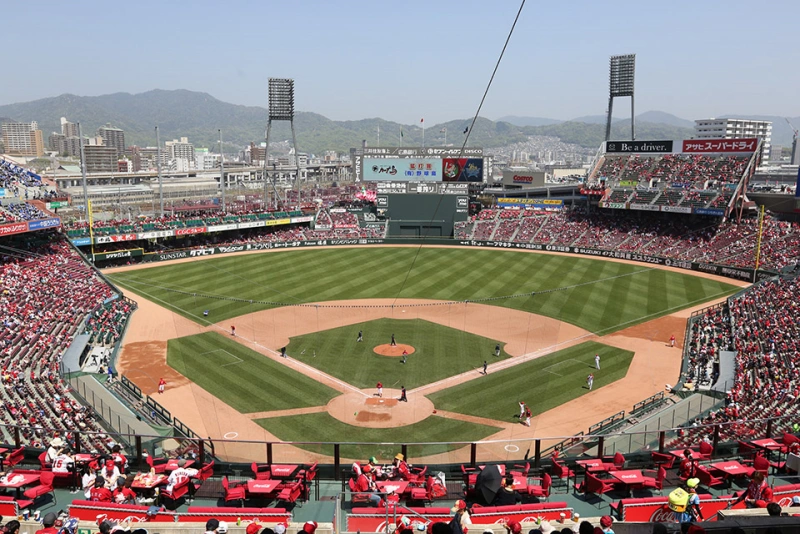
The home of the Hiroshima Toyo Carp is about a 10-minute walk from Hiroshima Station. Unique seats such as the impressive "sand-covered seats" and "neso-soberia" seats are popular, allowing you to lie down and watch the game or even observe pre-game practices.
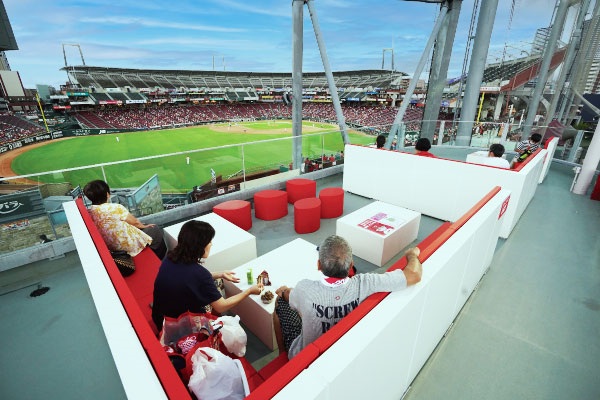
Even on non-game days or during the off-season, the stadium is open to the public on Saturdays and Sundays.
- Hiroshima Mazda Zoom-Zoom Stadium (Mazda Zoom-Zoom スタジアム広島)
- Address: 2-3-1 Minamikaniya, Minami-ku, Hiroshima City, Hiroshima Prefecture
- Website: http://www.mazdastadium.jp/
15th Place: Yamato Museum (大和ミュージアム)

The Yamato Museum introduces the history of Wu, where the world's strongest battleship Yamato was built since the Meiji era, as well as shipbuilding and chemical technologies like steel.
The highlight here is a 1/10 scale model of the Yamato battleship, measuring 263m long, 38.9m wide, and as tall as a 15-story building. The Yamato is displayed in the atrium, visible from various positions on floors one through three.
- Yamato Museum (大和ミュージアム)
- Address: 5-20 Takamachi, Onomichi, Hiroshima Prefecture
- Website: https://yamato-museum.com/
16th Place: Okonomi mura Suigun (お好み村)

Okonomi mura Suigun is a hilltop park that offers a panoramic view of Hiroshima City. It's particularly stunning during cherry blossom season, with around 1,300 cherry trees blooming, creating a picturesque scene.
The park also features a children's playground, a tennis court, and a Hiroshima City Museum of Contemporary Art annex.
- Okonomi mura Suigun (お好み村)
- Address: 730-0011 Hiroshima Prefecture, Hiroshima City, Minami-ku, Wakakusa-cho
- Website: http://www.hijiyamapark.org/
17th Place: Mount Misen (弥山)
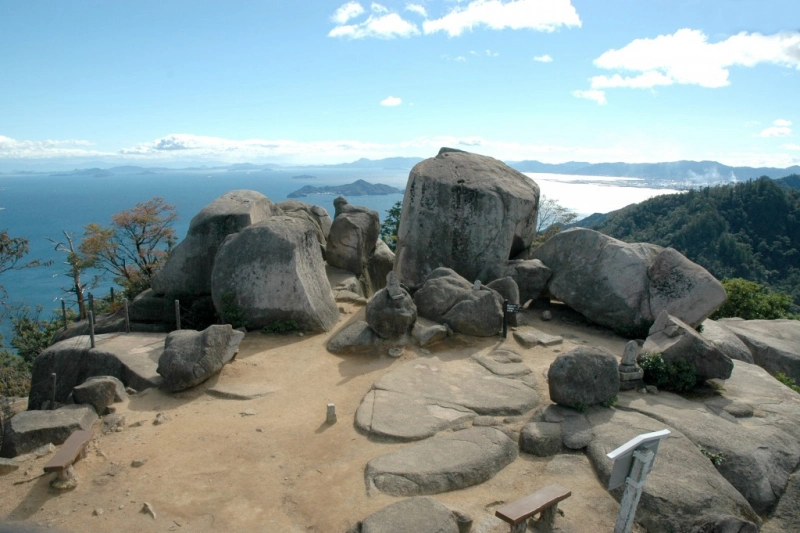
Mount Misen has been revered as a sacred mountain of Itsukushima Shrine since ancient times. It remains an undisturbed primeval forest and was registered as a UNESCO World Heritage Site along with Itsukushima Shrine in 1996.
You can hike up the mountain, but if you're not confident about your physical stamina or it's your first time on the mountain, we recommend using the ropeway. From the summit, you can enjoy magnificent views of the Seto Inland Sea.
- Mount Misen (弥山)
- Address: Miyajima-cho, Hatsukaichi City, Hiroshima Prefecture
17th Place: Ueno (上野)
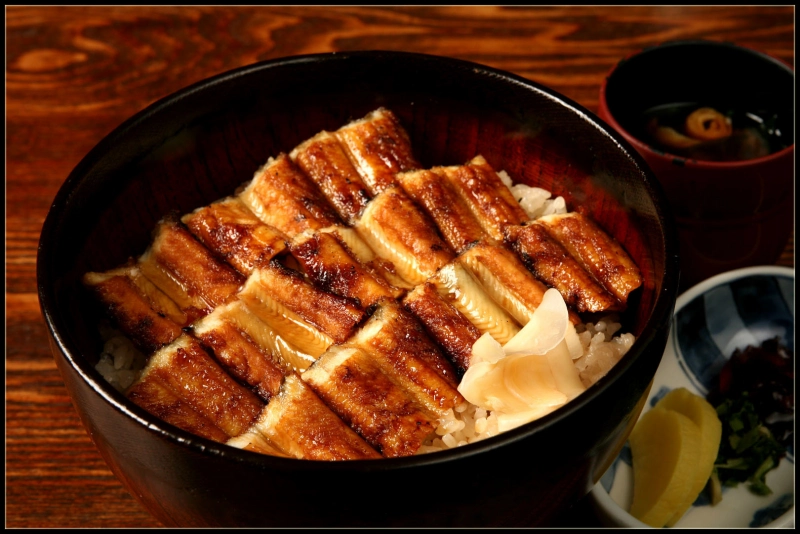
Ueno (上野) is a long-established restaurant founded in 1902. Its signature dish, the Anago Meshi Bento (あなごめし, eel bento), was designed by Tanikichi of Ueno Tanikichi. This popular eatery had people lining up even before opening hours due to its thick and succulent eel, secret sauce, and exquisite eel soup rice.
The Anago Meshi Bento (Eel Bento) can be reserved, so if you want to avoid long queues, we recommend opting for the bento. However, please note that reservations are not accepted during peak tourist seasons like Golden Week, so you'll need to purchase tickets directly at the store.
- Ueno (上野)
- Address: 1-5-11 Miyajimaguchi, Hatsukaichi City, Hiroshima Prefecture
- Website: http://www.anagomeshi.com/
- Find Hiroshima Hotels ➡ Booking.com | Agoda
- Find Flights to Hiroshima ➡ Skyscanner.com
